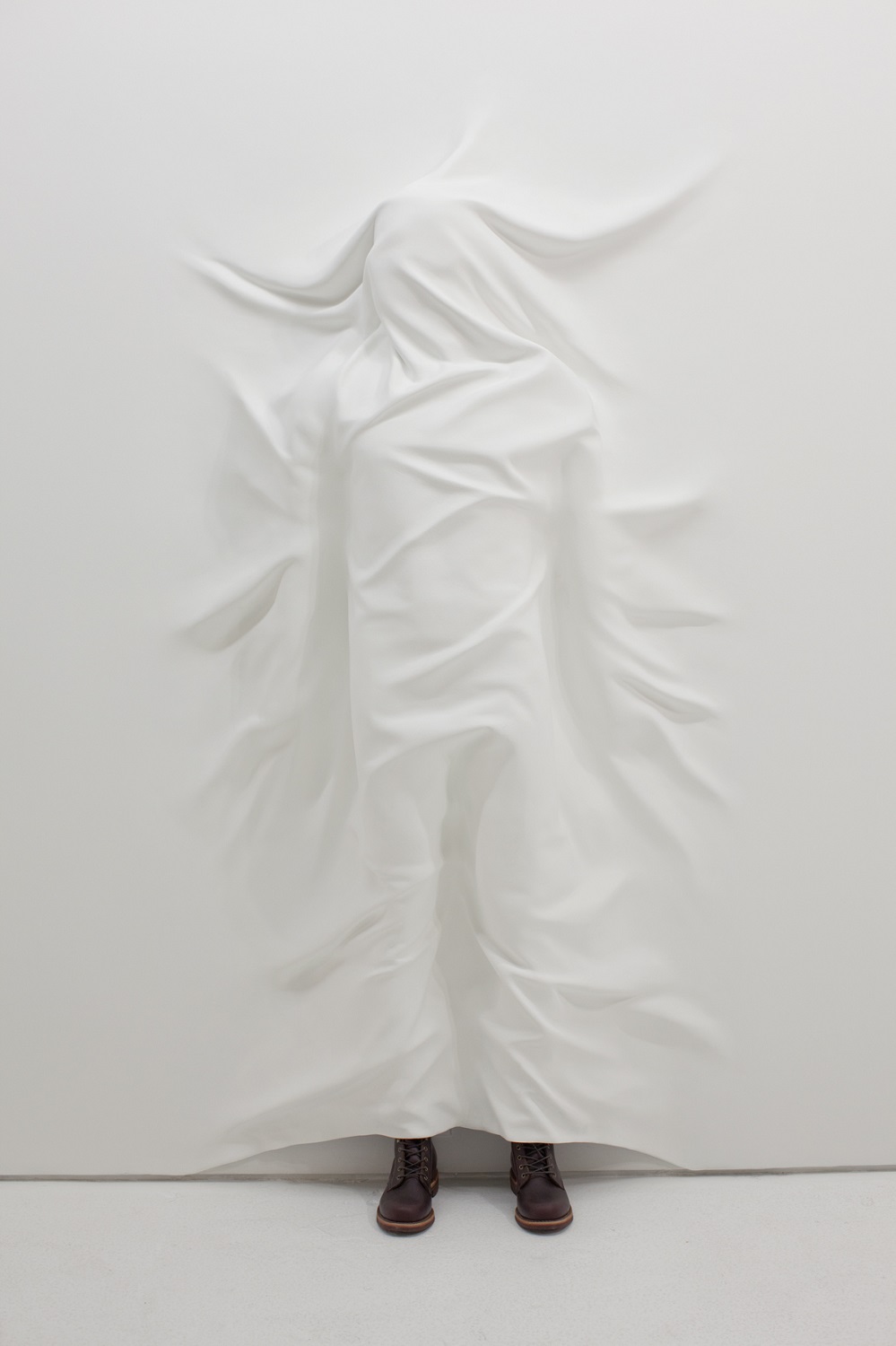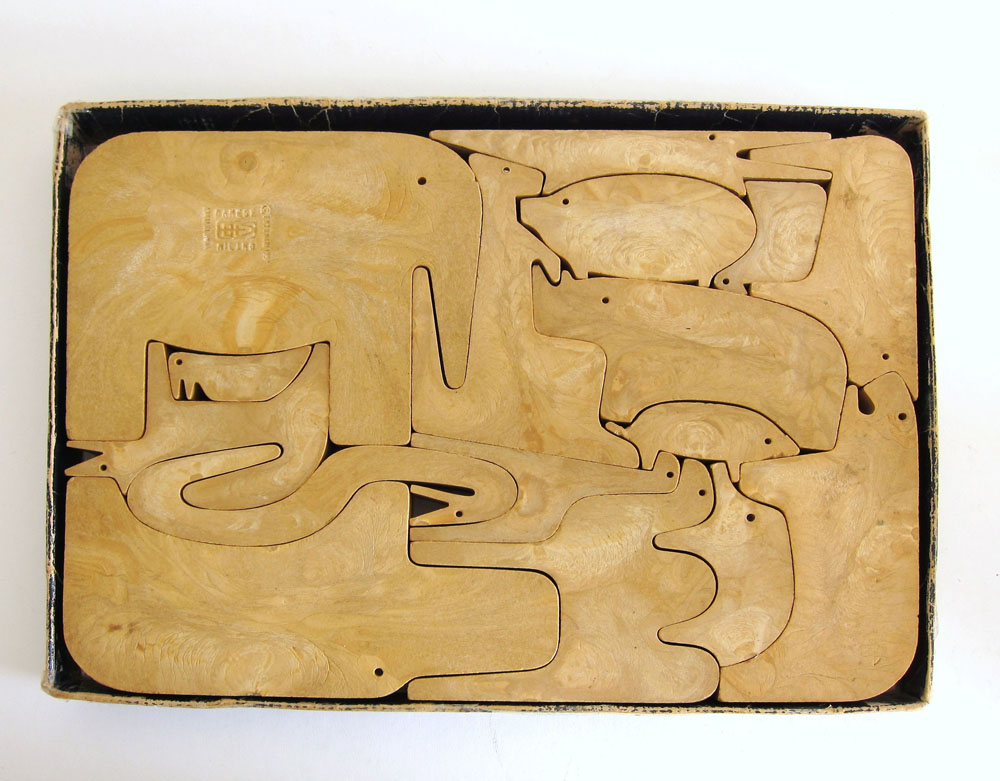
Tzu-Jung (Dexter) Huang
Meta-prosthesis
‘Meta-prosthesis’ explores the potential of synthesising the natural and artificial to increase the performance of environmental design. Through capitalising on the formal and compositional expressions derived from animalistic attributes, the performance of materials and environment can be enhanced. The project for a theraputic centre has a highly-articulated envelope which is achieved by manipulating the geometry, from the microscale to the macro. This includes: material typology, texture typology, surface typology and building typology. The resultant patterns are informed, generated and tested through computational algorithms and scientific understanding to satisfy different programmatic criteria, regulating the environment.










